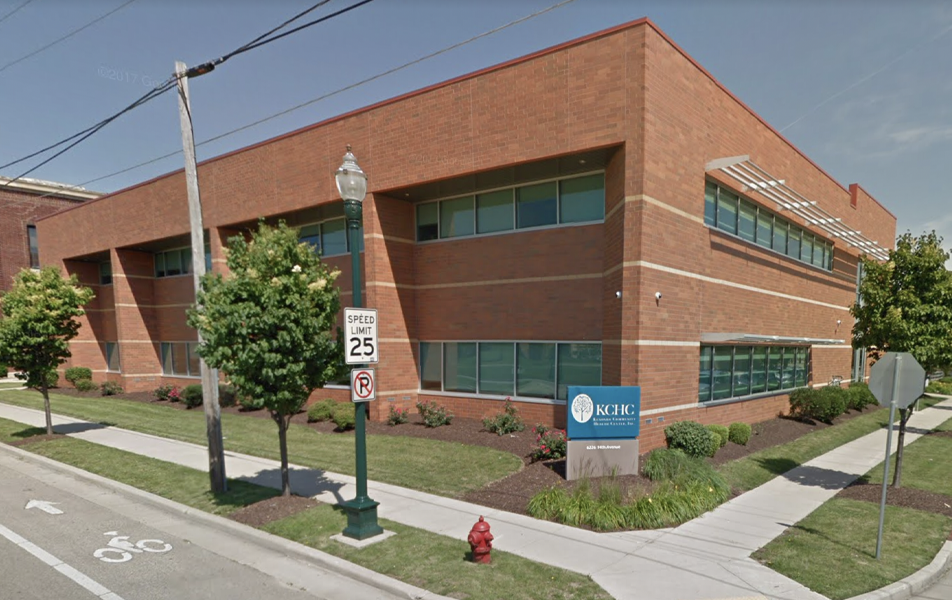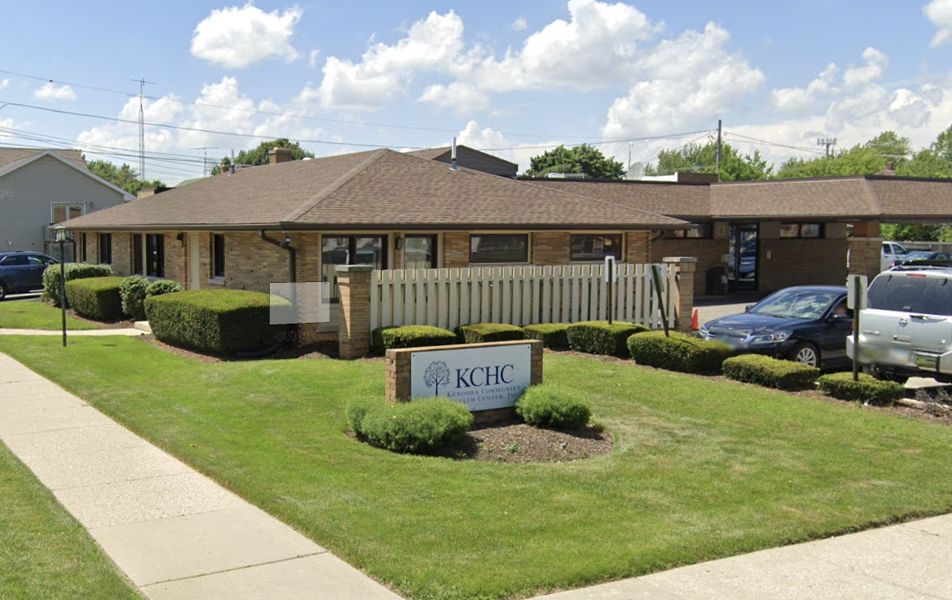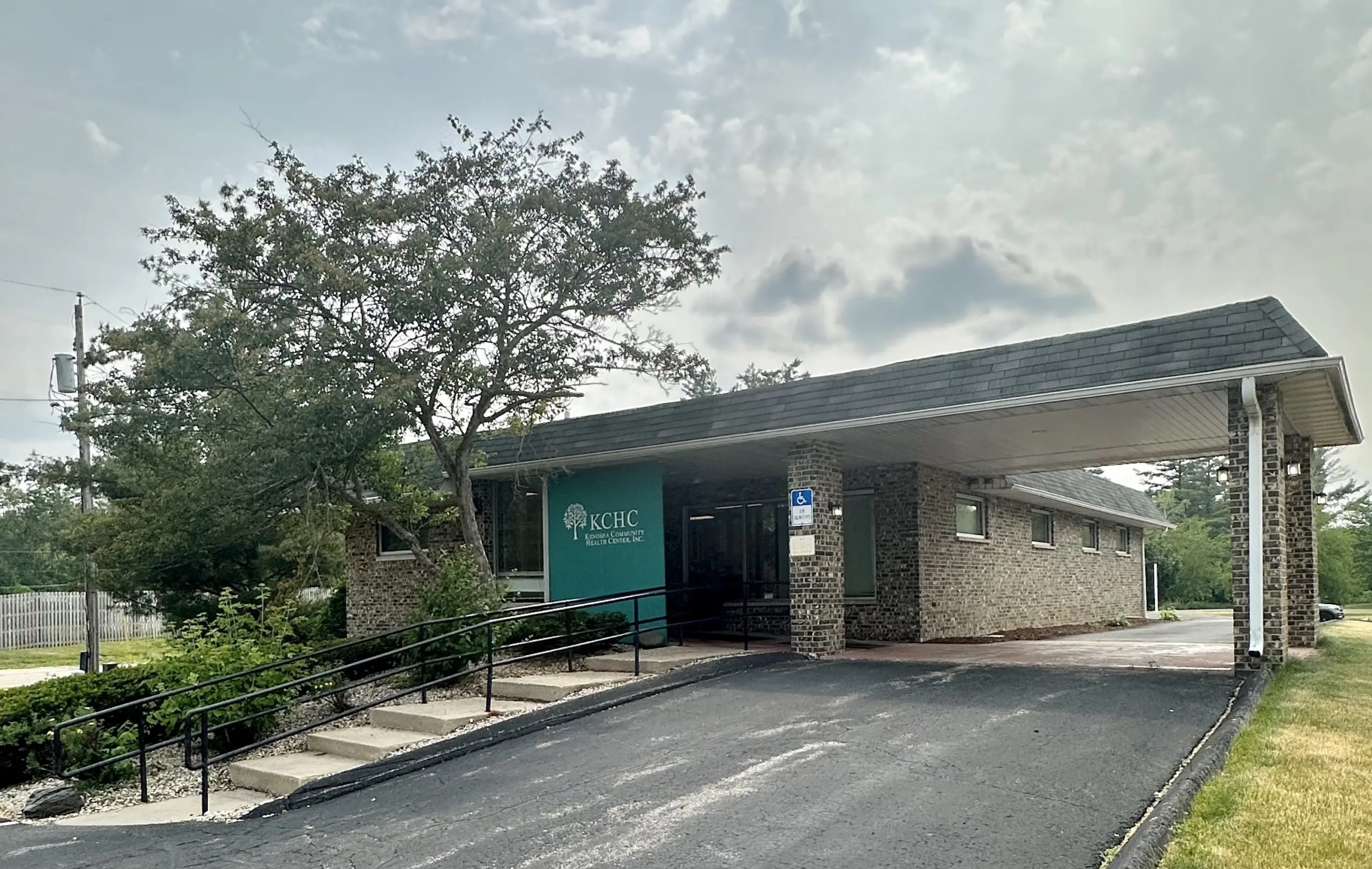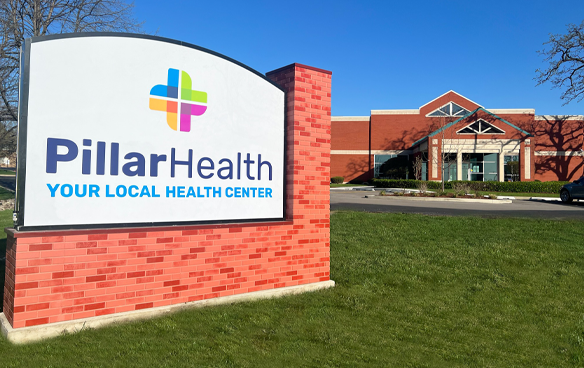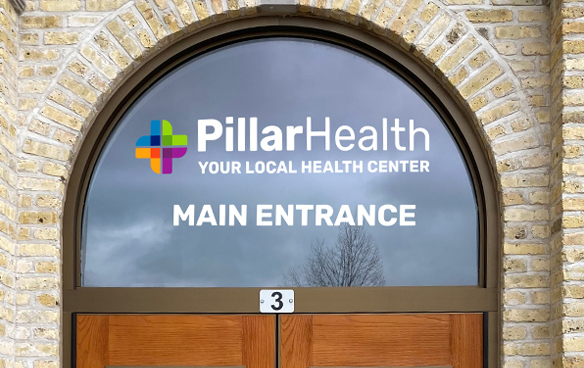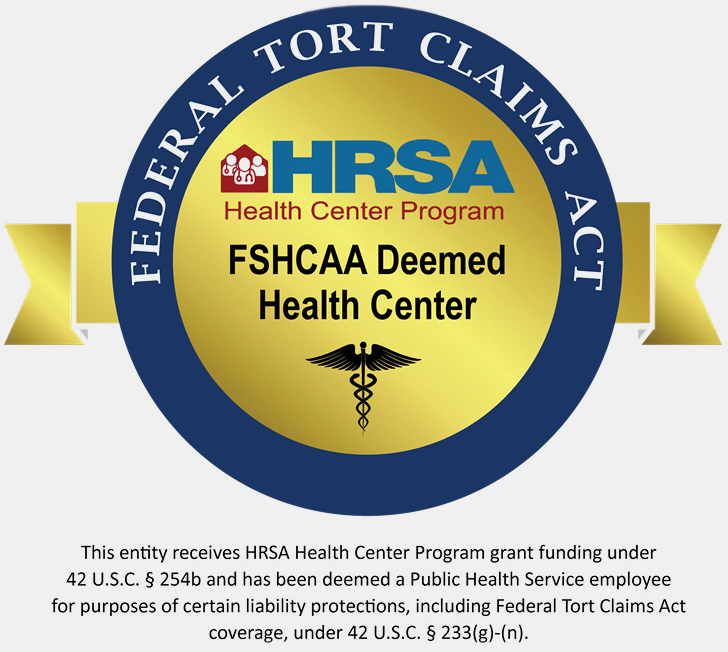
6 Summer Safety Tips Every Parent Needs to Know from PillarKids
Ensuring that children remain safe and healthy during the summer months is very important. Pillar Health and Kenosha Community Health Center are here to offer some crucial summer safety tips to keep your kids protected while they enjoy their break.
1. Sun Protection
One blistering sunburn during childhood can more than double a person’s chances of developing melanoma later in life, according to the Skin Cancer Foundation. The American Academy of Dermatology states that just a few serious sunburns can increase a child’s risk of skin cancer later in life.
Tips:
- Apply Sunscreen: Use a broad-spectrum sunscreen with at least SPF 30. Reapply every two hours and after swimming or sweating.
- Wear Protective Clothing: Encourage kids to wear hats, sunglasses, and lightweight, long-sleeved shirts.
- Seek Shade: Limit sun exposure, especially between 10 a.m. and 4 p.m. when UV rays are the strongest.
2. Water Safety
The Centers for Disease Control and Prevention (CDC) reports that drowning is the leading cause of unintentional injury death for children ages 1-4. Additionally, swimming lessons can reduce the risk of drowning by 88% for children aged 1 to 4 years, according to the National Institutes of Health (NIH).
Tips:
- Supervise Constantly: Always watch children closely when they are in or near water. Designate a “water watcher” to avoid distractions.
- Teach Swimming Skills: Enroll your children in swimming lessons to improve their water safety skills.
- Use Life Jackets: Ensure kids wear life jackets when boating or in open water.
3. Hydration
The American Academy of Pediatrics highlights that children are more susceptible to dehydration than adults due to their higher surface-area-to-body-mass ratio. Dehydration can lead to heat-related illnesses, which cause more than 9,000 hospitalizations annually in the U.S., according to the CDC.
Tips:
- Encourage Regular Drinking: Ensure kids drink water regularly, even if they don’t feel thirsty.
- Limit Sugary Drinks: Avoid beverages with high sugar content, as they can contribute to dehydration.
- Provide Healthy Snacks: Offer fruits and vegetables with high water content, like watermelon, cucumbers, and oranges.
4. Bug Safety
The CDC notes that diseases spread by mosquitoes, ticks, and fleas have tripled in the U.S. in recent years. Lyme disease, primarily spread by ticks, affects nearly 300,000 Americans each year, according to the CDC.
Tips:
- Use Insect Repellent: Apply insect repellent containing DEET, picaridin, or oil of lemon eucalyptus on exposed skin and clothing.
- Dress Appropriately: Wear long sleeves and pants, especially in wooded or grassy areas.
- Check for Ticks: Perform regular tick checks after outdoor activities and remove ticks promptly.
5. Playground Safety
The National Safety Council reports that emergency departments treat more than 200,000 children ages 14 and younger for playground-related injuries annually. Falls are the most common type of playground injury, accounting for over 75% of all playground-related injuries, according to the CDC.
Tips:
- Inspect Playgrounds: Ensure playground equipment is in good condition and the surfaces are safe.
- Supervise Play: Keep an eye on children to prevent risky behaviors.
- Teach Safety Rules: Educate children on using equipment properly and taking turns.
6. Road Safety
The CDC reports that unintentional injuries, including those from traffic accidents, are the leading cause of death among children in the U.S. Proper use of car seats can reduce the risk of injury by 71-82% for children compared to seat belt use alone, according to the National Highway Traffic Safety Administration (NHTSA).
Tips:
- Buckle Up: Ensure children are properly restrained in car seats, booster seats, or seat belts appropriate for their age and size.
- Promote Helmet Use: Make sure kids wear helmets when biking, skateboarding, or riding scooters.
- Educate on Pedestrian Safety: Teach children to look both ways before crossing the street and to use crosswalks.
Summer is a time for fun and making memories, but safety should always be a priority. By following these tips, parents can ensure their children enjoy a healthy and safe summer. For more information and personalized advice, don’t hesitate to contact Pillar Health and Kenosha Community Health Center.
Sources: Skin Cancer Foundation, American Academy of Dermatology, Centers for Disease Control and Prevention (CDC), National Institutes of Health (NIH), American Academy of Pediatrics, National Safety Council, National Highway Traffic Safety Administration (NHTSA)
DON’T WAIT TO MAKE BACK TO SCHOOL HEALTH CHECK APPOINTMENTS

Pillar Health and Kenosha Community Health Center are here to help you get ready for back-to-school with all the necessary vaccines for the 2024-25 school year. Call us at 262-656-0044 to make your appointments today.
The State of Wisconsin requires the following vaccines for entry to kindergarten through seventh grades:
- 4 doses of polio vaccine
- 3 doses of hepatitis B
- 4 doses of DTaP/Tdap (diphtheria, tetanus, and acellular pertussis)
- 2 doses of varicella (chickenpox). Exceptions allowed if the child has had a case diagnosed by a qualified health provider.
- 2 doses of MMR (Measles, Mumps, Rubella)
- 1 DTaP/Tdap at seventh grade
- 1 MenACWY-containing vaccine at seventh grade
New Requirement for Entry to 12th Grade:
- 1 MenACWY-containing booster (2nd dose in series)
Ensure your child is ready and protected for the new school year. Schedule their vaccination appointments now by calling 262-656-0044.
Do not wait to schedule your appointment.
Kenosha Community Health Center has many appointment options in Kenosha and Silver Lake to meet your needs.
Schedule An Appointment

